A semi-spooky, semi-sweet delve into the weirdest of wikipedia articles today introduces us to some rather unanimated portrait sitters, who all sort of remind me of the titular star of 80’s film ‘Weekend at Bernie’s’.
Post-mortem photography is the mostly out-of-use practice of photographing the recently deceased. The invention of the daguerrotype in 1839 made portraiture much more commonplace, as many of those who were unable to afford the commission of a painted portrait could afford to sit for a photography session. This cheaper and quicker method also provided the middle class with a means for memorializing dead loved ones.
These photographs served as keepsakes to remember the deceased. This was especially common with infants and young children; victorian childhood mortality rates were extremely high, and a post-mortem photograph might have been the only image of the child the family ever had. The later invention of the multiple print negative meant that copies of the image could be mailed to relatives.
The practice eventually peaked in popularity around the end of the 19th century and died out as “snapshot” photography became more commonplace, although a few examples of formal memorial portraits were still being produced well into the 20th century. The earliest post-mortem photographs are usually close-ups of the face or shots of the full body and rarely include the coffin. The subject is usually depicted so as to seem in a deep sleep, or else arranged to appear more lifelike. Adults were more commonly posed in chairs.
The effect of life was sometimes enhanced by either propping the subject’s eyes open or painting pupils onto the photographic print, and many early images have a tint added to the cheeks of the corpse.
Later examples show less effort at a lifelike appearance, and often show the subject in a coffin. Some very late examples show the deceased in a coffin with a large group of funeral attendees; this type of photograph was especially popular in Europe and less common in the United States.
Post-mortem photography is still practiced in some areas of the world, such as Eastern Europe.

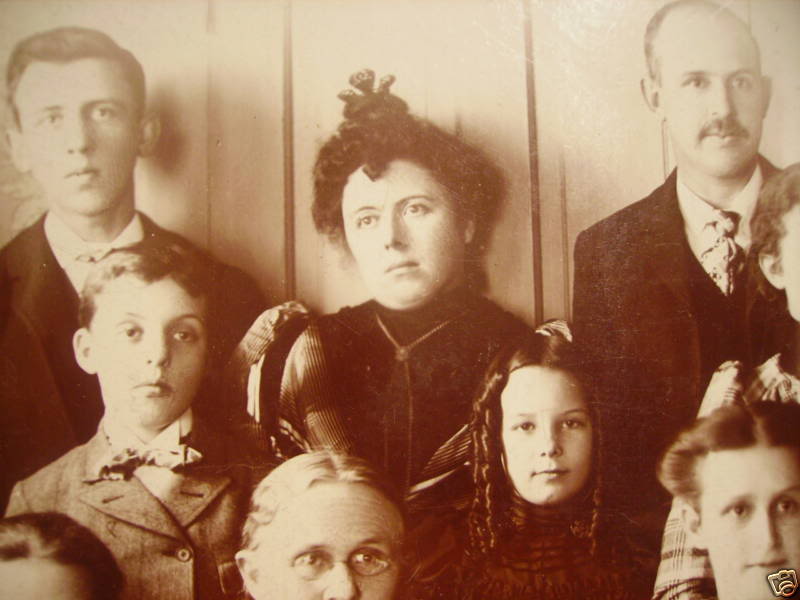
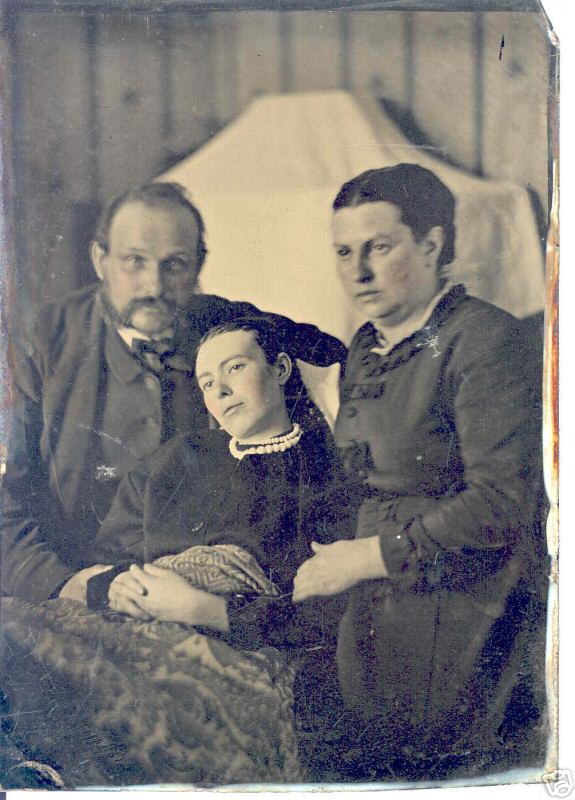
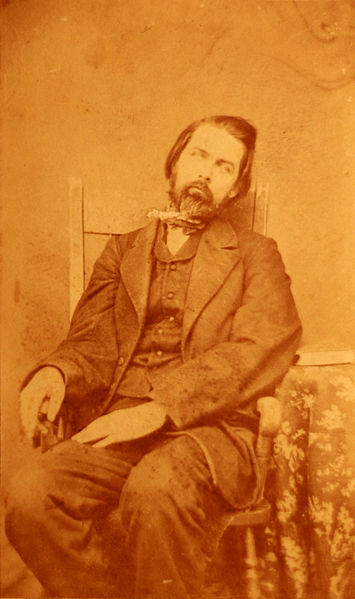

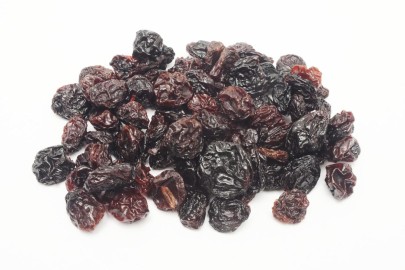

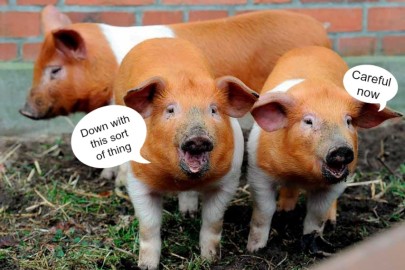







Anything for a laugh, the Victorians. Spike Milligan’s hilarious novel Puckoon, about a fictional village during the partitioning of Ireland, yet another triumph of British imperialism has the village church partitioned off from it’s graveyard. The end result of this was the requirement, for the recently deceased, of a passport, this enabled the poor stiffs to export themselves to the graveyard for burial, obviously passports require photographs. Pat and Shaun (pardon the stereotyping) made their way to the local photographers carrying Mick (again, pardon the stereotyping) between them and, standing him stiffly against the wall demand a photograph. When he had finished the photographer said “begorrah lads, Micks not looking too grand these days”
Wonderful idea. The next time someone in the family passes on, I’m going to take a snap that I can whip out whenever anyone insists on showing me their baby’s ultrasound pictures. You want spooky? I can do spooky.
That reminds me of the old joke that one might become tired of aged relatives approaching one at weddings at giggling “you’ll be next” and thus resolve to do the same at funerals.
There’s a particularly eerie collection of Victorian death pics, together with a rather touching commentary, here.
For something equally weird and almost as creepy you could try this:
http://io9.com/the-creepiest-headless-portraits-from-the-victorian-era-472678985
those headless photos are brilliant!! That’s the kind of thing I can imagine collecting myself
Good god, it’s like something out of League of Gentlemen.